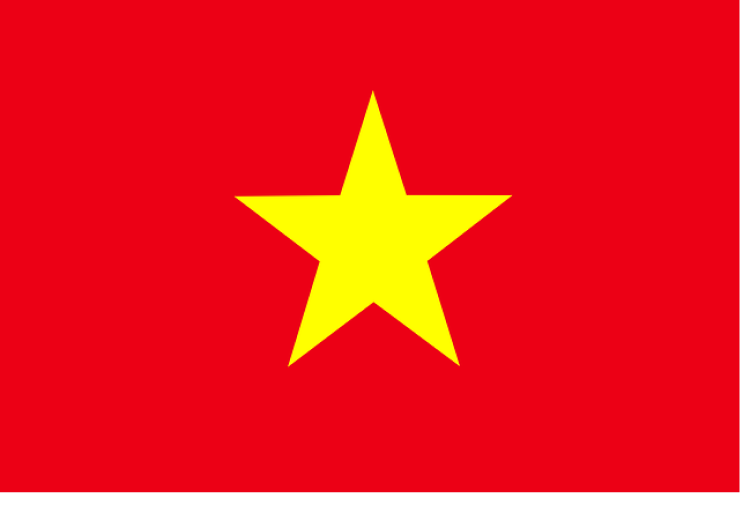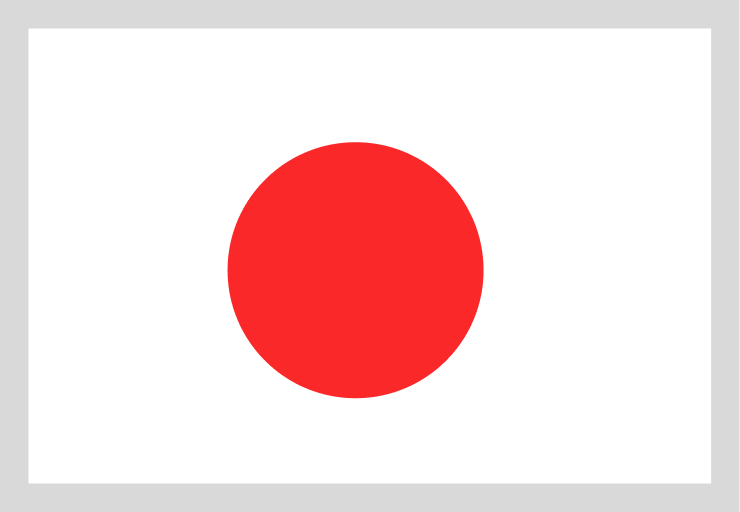Graph RAG is the next evolution of the Retrieval-Augmented Generation (RAG) model, combining the power of traditional retrieval with graph-based data structures for more accurate and context-aware responses. By integrating knowledge graphs, Graph RAG enhances data retrieval, improves the generation process, and easily handles more complex tasks. But what makes Graph RAG stand out from its predecessor, RAG? In this article, we’ll explore how Graph RAG works, its benefits, and why it's considered the next step in the evolution of language models.
Key takeaways
What is graph RAG?: A next-gen model that combines retrieval and graph-based data for more relevant, accurate responses.
How graph RAG works: A deeper dive into how graph algorithms and knowledge graphs improve the retrieval and generation process.
The role of knowledge graphs: Understanding how structured data improves context-awareness in Graph RAG.
Why graph RAG is an upgrade: Comparing Graph RAG with traditional RAG and explaining the key advantages.
Limitations of graph RAG: Discussing the potential challenges of implementing Graph RAG.
What is graph RAG?
Retrieval-Augmented Generation (RAG) enhances language models by retrieving external information before generating responses. It helps models stay grounded in real-world data. However, traditional RAG typically relies on unstructured text-based retrieval, which can be limiting, especially when dealing with complex queries or domain-specific knowledge that requires deeper contextual understanding.
That’s where graph RAG comes in. It builds on the RAG framework by integrating graph-based data structures, specifically knowledge graphs, to improve both retrieval and generation. Instead of treating information as isolated chunks of text, graph RAG represents data as interconnected nodes and relationships, allowing the model to understand better how concepts are related.
What graph RAG is
Benefits of graph RAG:
Improved contextual understanding: Graph RAG improves contextual understanding by recognizing relationships between concepts through structured data.
Enhanced accuracy: It increases accuracy by retrieving more relevant and focused information.
Better scalability: The model scales better when working with large or complex datasets.
Dynamic, knowledge-rich responses: It generates more dynamic responses by integrating updated knowledge from structured sources.
What is the knowledge graph in graph RAG?
A knowledge graph is simply a way of organizing information so that things aren't just listed—they're connected. In the context of Graph RAG, it’s what makes the whole system smarter. Instead of scanning through unstructured text, the model navigates through a web of related concepts. Each piece of data (a symptom, a person, a location, a definition…) is a node, and the connections between them (e.g., “causes,” “belongs to,” “is part of”) give it structure.
In practice, this means Graph RAG doesn’t just pull a paragraph that seems relevant. Instead, it taps into a network of connected facts, allowing it to answer with more precision. For instance, if asked about a disease, the model can instantly surface related symptoms, causes, and treatments—not because those words appear together in a document, but because they are meaningfully connected in the graph.
An example of how a knowledge graph connects related facts in graph RAG
This is a big shift from traditional retrieval approaches, like vector databases, which often treat information as isolated blocks of text. While vector search is fast and powerful for general queries, it often lacks a true understanding of how information pieces relate. A knowledge graph, on the other hand, brings structure and intent into the retrieval process. It doesn't just ask, “What sounds similar?”—it asks, “What makes sense together?”
To make this difference clearer, here’s a comparison of the two approaches:
A quick comparison between vector-based RAG and graph-based RAG
As more applications demand accuracy and contextual depth, knowledge graphs could become a key differentiator in how retrieval-augmented systems evolve.
How does graph RAG work?
To understand how Graph RAG works, let’s break it down into clear, simple steps:
Step-by-step overview of how graph RAG works
1. Corpus
The process begins with a corpus—a collection of raw, unstructured data. This could be anything from articles to documents, and it’s where all the information will come from.
2. Building the graph
Next, this data is used to build a knowledge graph. Think of the graph as a network of connected points, where each point (or node) represents something specific, like a person or an event. The lines (or edges) that connect these points represent the relationships between them. This organized structure allows the model to “understand” the data in a more connected and meaningful way.
3. Relevant information retrieval
Once the graph is built, when a query is made, the system can quickly navigate through the graph to find related data. This is much smarter than just pulling a random paragraph of text—it retrieves information that’s actually connected and relevant to the question.
4. Query input
When you input a query, Graph RAG looks through the knowledge graph for pieces of information that are directly linked to your question. The model doesn’t just grab random text—it finds exactly what’s most relevant, based on the relationships in the graph.
5. Prompt and knowledge graph integration
The relevant data from the graph is then used to inform the model. This step is like giving the model a clearer, more detailed picture of what’s being asked, so it can generate a more accurate response.
6. LLM and result generation
With the help of the large language model (LLM), the system processes the query and the data from the graph to produce a well-informed, contextually aware answer. The result is a response that is both precise and grounded in relevant, structured knowledge.
7. Final result
Finally, the result is delivered: a more accurate, coherent response based on a combination of real-time information from the graph and the model’s understanding.
Why is graph RAG considered an upgrade over traditional RAG?
Graph RAG is seen as a powerful upgrade over traditional RAG for several reasons:
Improved data retrieval
Better contextual understanding
Scalability and efficiency
Let’s dive deeper into each of these:
Improved data retrieval
By utilizing knowledge graphs, Graph RAG ensures that the information retrieved is not just relevant, but also contextually rich and structured. This leads to more accurate and precise responses, especially when handling complex topics that require interconnected information.
Better contextual understanding
The structure of a knowledge graph gives Graph RAG an edge when it comes to understanding relationships between different pieces of information. This enhanced contextual awareness allows the model to generate more nuanced and accurate answers, especially in fields like medicine, law, and technology.
Scalability and efficiency
Graph RAG can scale more effectively than traditional RAG when dealing with large datasets. The graph structure allows the model to efficiently navigate and retrieve the most relevant data, even as the amount of information grows. Additionally, the graph structure supports faster retrieval, as it is optimized for querying relationships between entities, rather than just raw text.
Limitations of graph RAG
While Graph RAG offers significant improvements over traditional RAG, it’s not without its challenges:
Complex setup
Building and maintaining knowledge graphs can be resource-intensive. It requires high-quality, structured data and continuous updates to keep the graph relevant and accurate.
Computational overhead
The process of querying a knowledge graph and applying graph algorithms can introduce additional computational complexity. Depending on the size and structure of the graph, this may lead to slower response times or increased computational costs.
Data quality
For Graph RAG to perform well, the underlying knowledge graph must be accurate and comprehensive. Incomplete or poorly structured graphs may lead to suboptimal performance, making it crucial to maintain high-quality data sources.
Conclusion
Graph RAG represents a major advancement in the world of retrieval-augmented generation. While it does introduce some complexities, its ability to handle dynamic, structured data makes it an invaluable tool for tasks requiring precision and context, especially in specialized industries. In the world of AI, Graph RAG is a powerful upgrade that can take your language models to the next level, providing more relevant, coherent, and dynamic outputs.
















